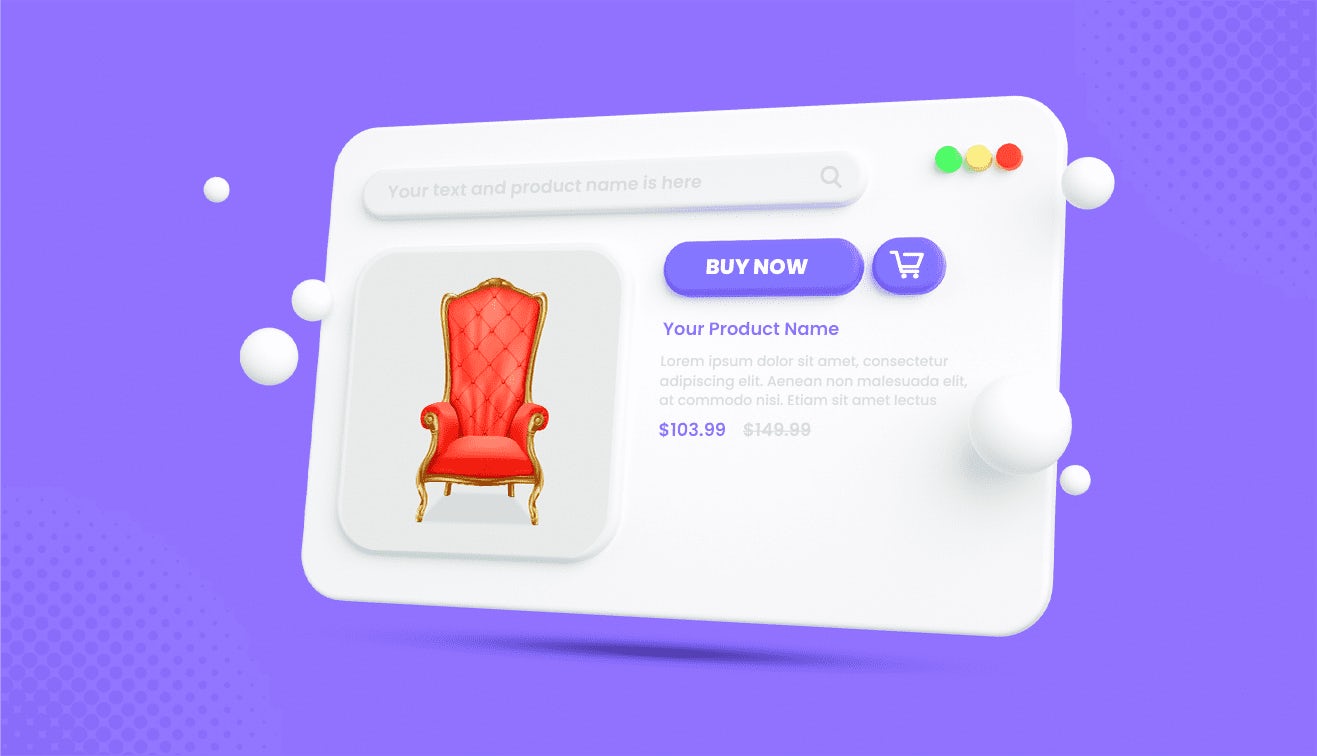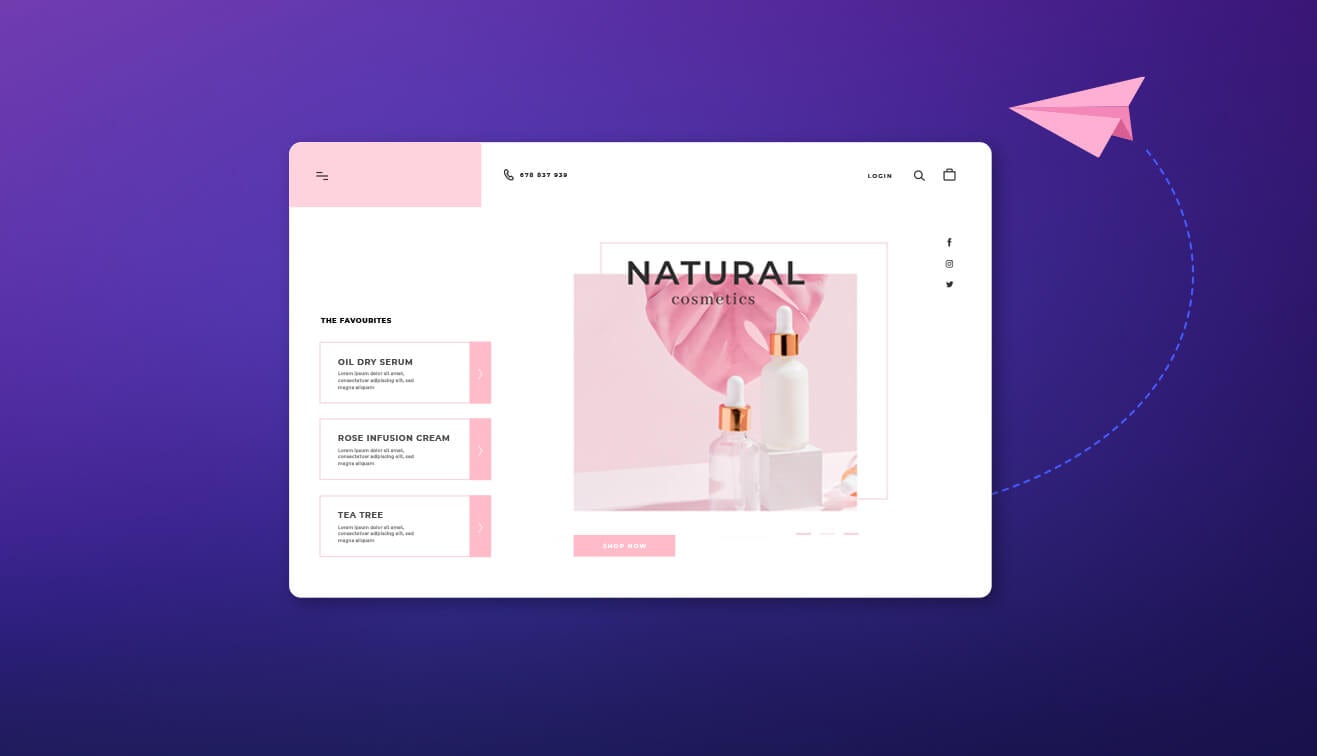In the rapidly changing world of eCommerce and digital experiences, businesses constantly seek innovative technology to stay ahead of the curve. One such technology that has been gaining significant traction is headless commerce. But how does it empower omnichannel strategy?
As per Softtek Research, brands with omnichannel strategies retain 89% of their customers.
Let’s delve into the transformative power of headless architecture and how it redefines businesses' approach to omnichannel strategies.
What is Headless Commerce?
Headless architecture revolutionizes software development with an innovative approach that grants businesses, regardless of their maturity, the agility and adaptability typically associated with startups.
A headless system encompasses various solutions, including headless frontend, headless commerce platform, headless CMS, search, and payment functionalities. The eCommerce sector has widely embraced this paradigm shift, coined "headless commerce."
This concept is integral to composable commerce, wherein eCommerce enterprises enjoy the liberty to cherry-pick and integrate the most suitable technologies, crafting a tailored solution that precisely aligns with their unique business needs.
What is an Omnichannel Strategy?
Omnichannel strategy aims to provide a unified shopping experience across all channels-whether in-store, mobile, or online. This involves ensuring consistency of inventory, pricing, and promotions or tailoring experiences based on customer preferences.
Seamless transitions between channels are crucial, allowing customers to switch platforms effortlessly. This approach boosts customer satisfaction, as omnichannel consumers are known to be the most loyal and profitable.
Businesses can foster loyalty and encourage repeat business by meeting customers across all channels.
How Headless Commerce Empowers Omnichannel Strategy?
The rise of headless architecture has opened new possibilities for businesses looking to enhance their omnichannel strategy. Here's how headless empowers omnichannel success:
Headless Commerce Offers Seamless Integration
Headless architecture facilitates seamless integration on a unified platform, enabling businesses to consolidate their digital operations and streamline workflows through API calls by decoupling the front end and back end. This approach empowers businesses to deliver personalized and consistent shopping experiences across websites, mobile apps, IoT devices, and more while easily integrating with third-party services and platforms. With headless commerce, developers can quickly leverage APIs to build and deploy custom front-end experiences, enabling faster time-to-market and adaptability to evolving customer needs.
According to Zipdo, Businesses employing headless commerce experience a 42% average increase in conversion rates.
Rapid Response to Customer Needs
Headless commerce empowers an omnichannel approach by decoupling the front-end presentation layer from the back-end e-commerce functionality. This separation allows businesses to respond to customers swiftly across various channels, such as websites, mobile apps, social media platforms, marketplaces, and emerging technologies like voice assistants or augmented reality.
With headless architecture, companies can adapt quickly to changing consumer preferences and market trends by easily integrating new channels or updating existing ones without disrupting the entire system.
This flexibility enables seamless customer experiences across different touchpoints, enhancing brand consistency and customer satisfaction while staying agile in today’s competitive marketplace.
Headless Commerce Offers Personalization as per Consumer Experience
By decoupling, headless commerce allows for the integration of advanced personalization algorithms and machine learning models, ensuring that the shopping experience continuously evolves to meet customers' changing needs and preferences. Headless commerce enables personalization by leveraging data and APIs to tailor the shopping experience to individual consumer preferences across various touchpoints.
Through headless architecture, businesses can access customer data from multiple sources, including browsing behavior, purchase history, demographics, and interactions across channels. This data is then used to dynamically generate personalized content, product recommendations, pricing, and real-time promotions, delivering each consumer a seamless and relevant shopping experience.
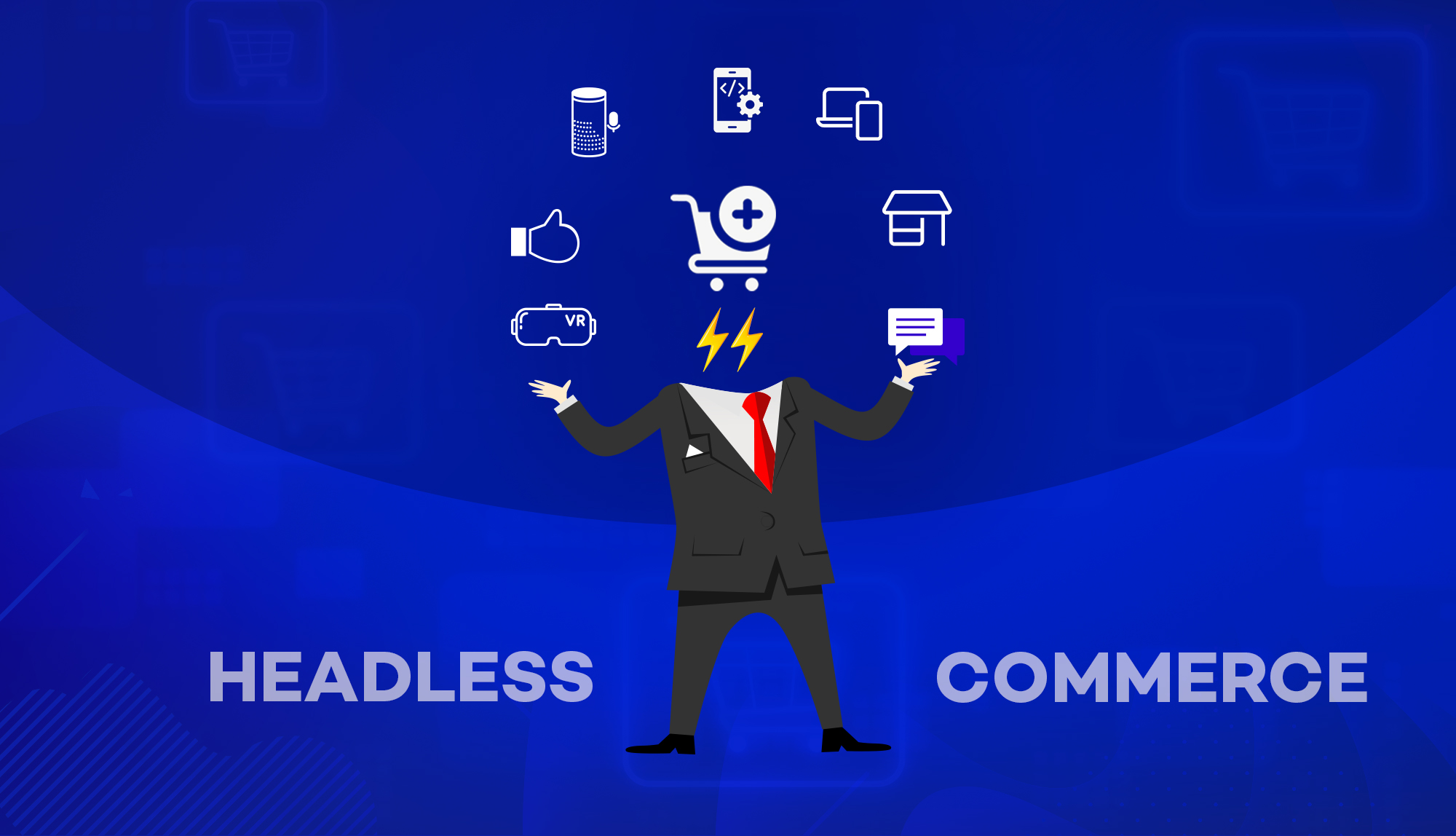
































































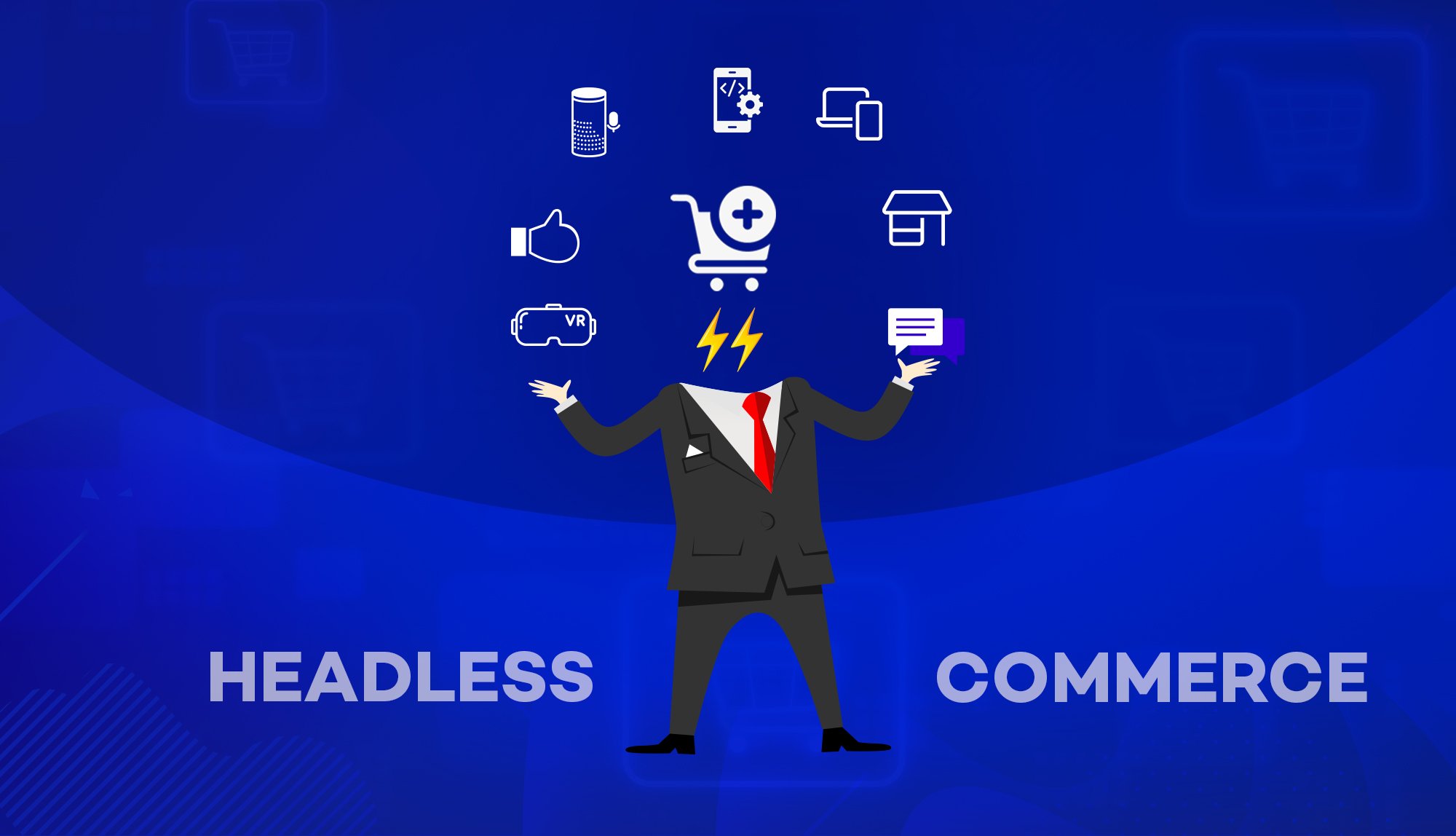
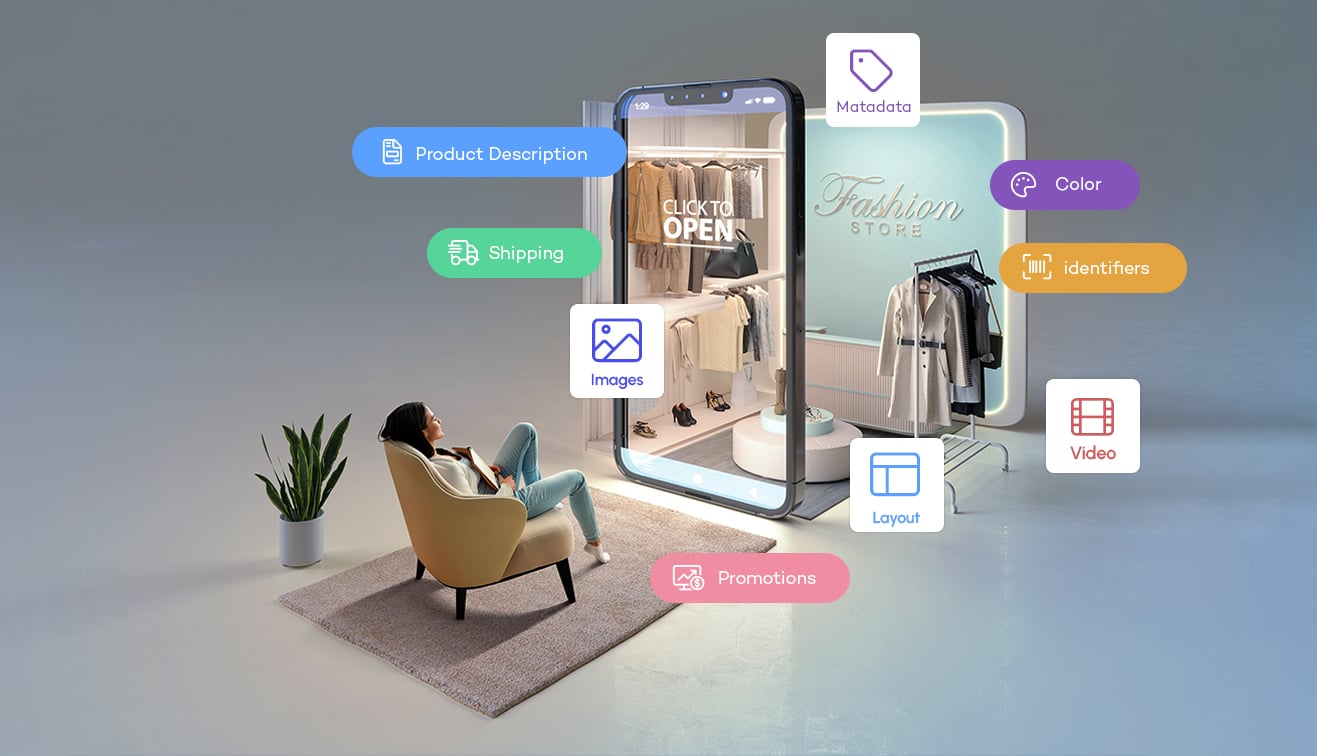



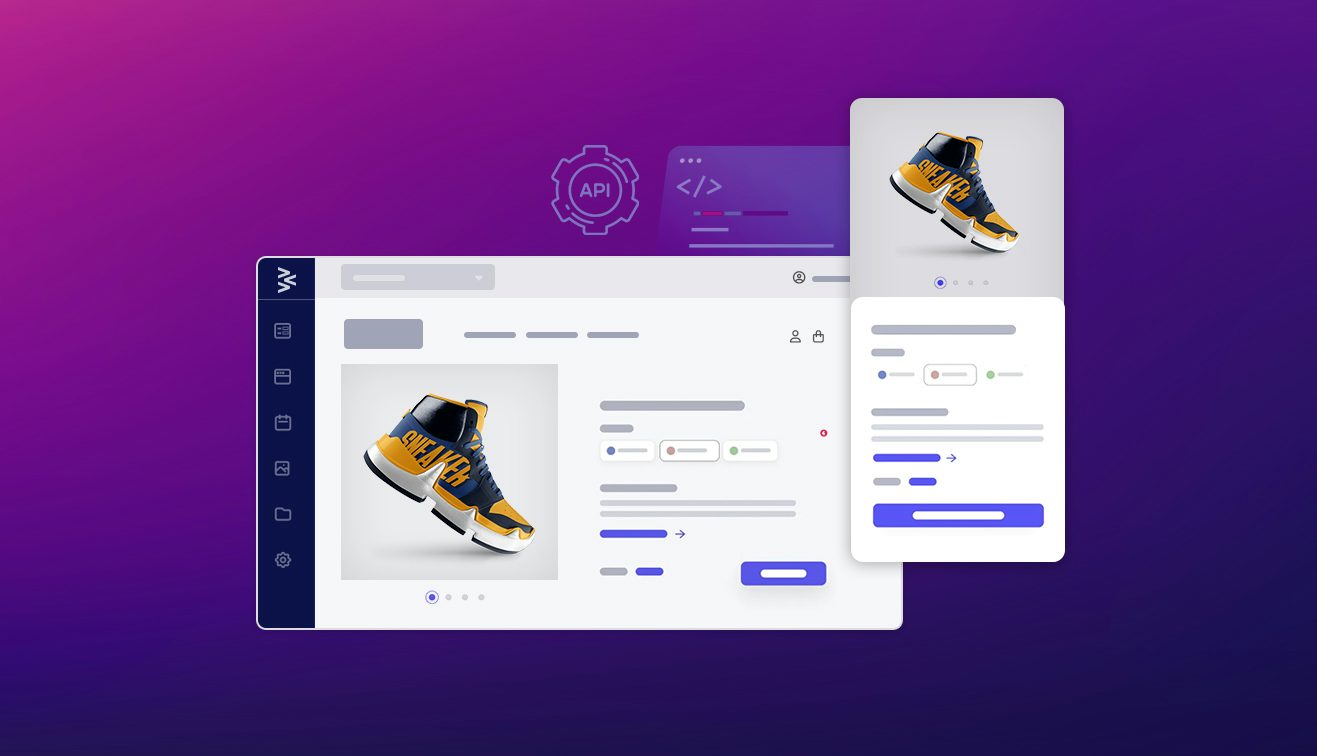

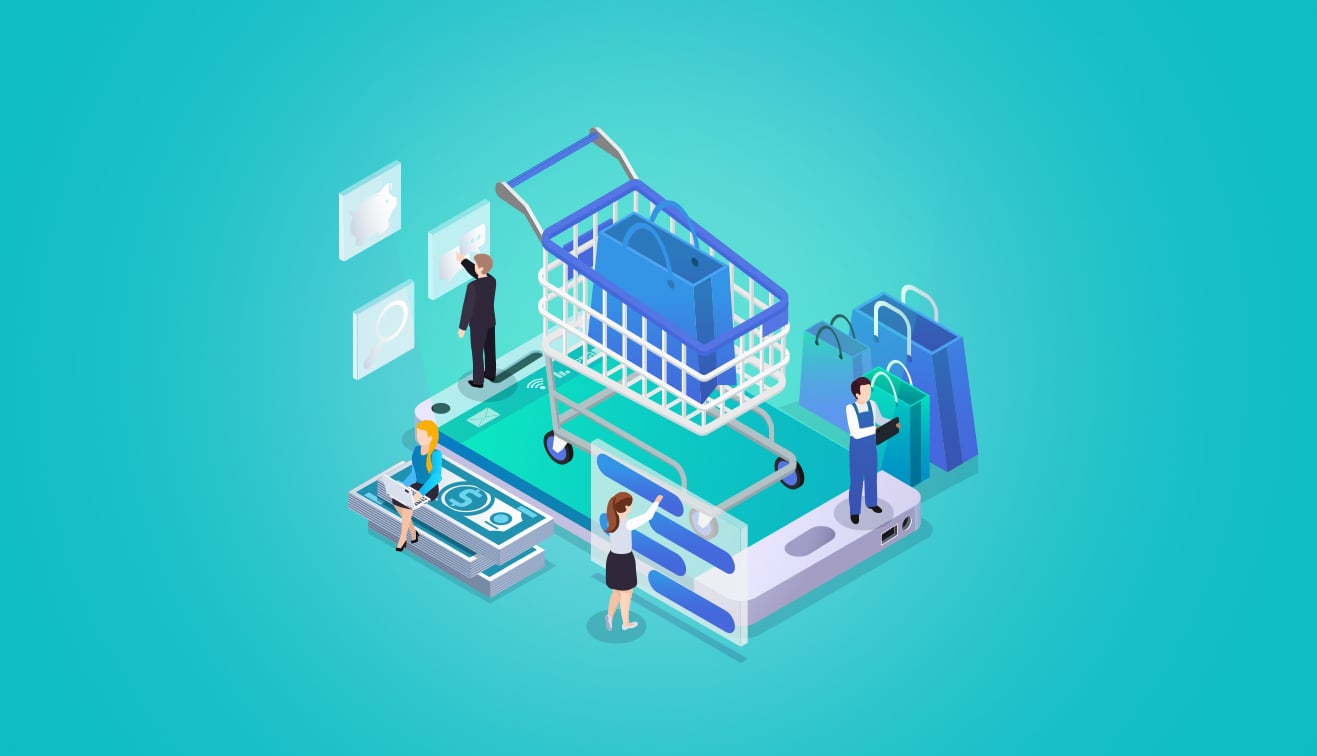
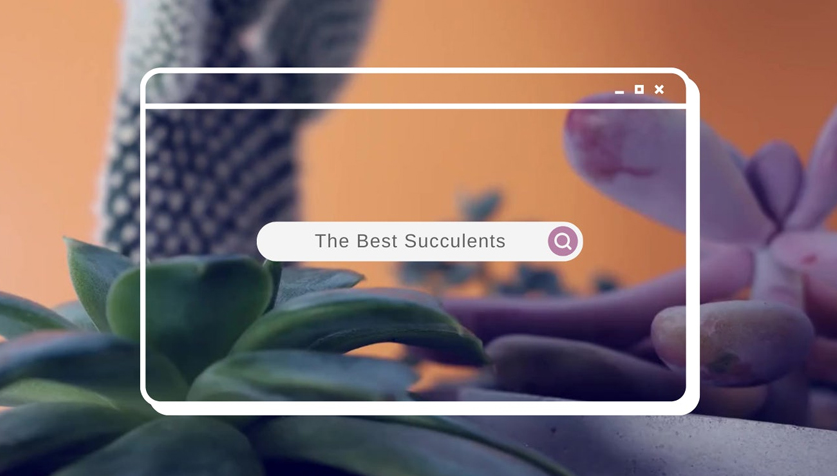
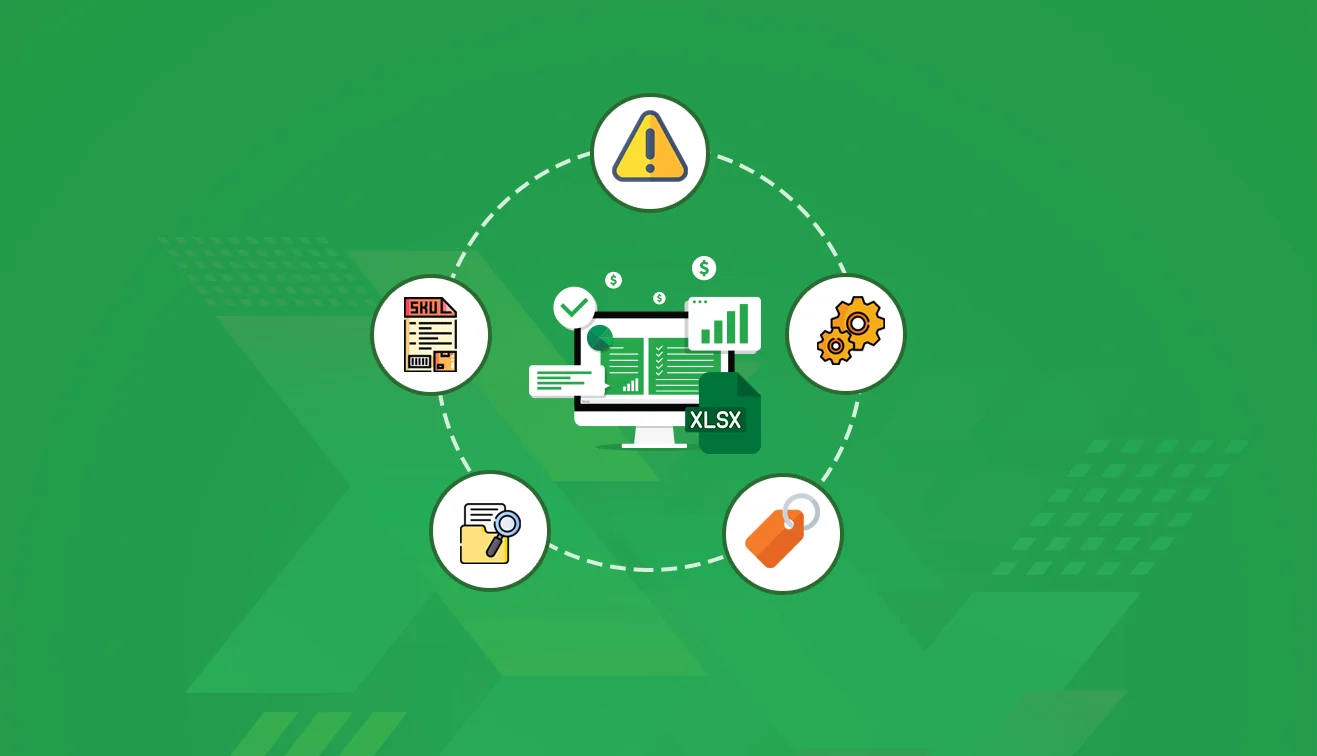

.jpg?w=3840&q=75)
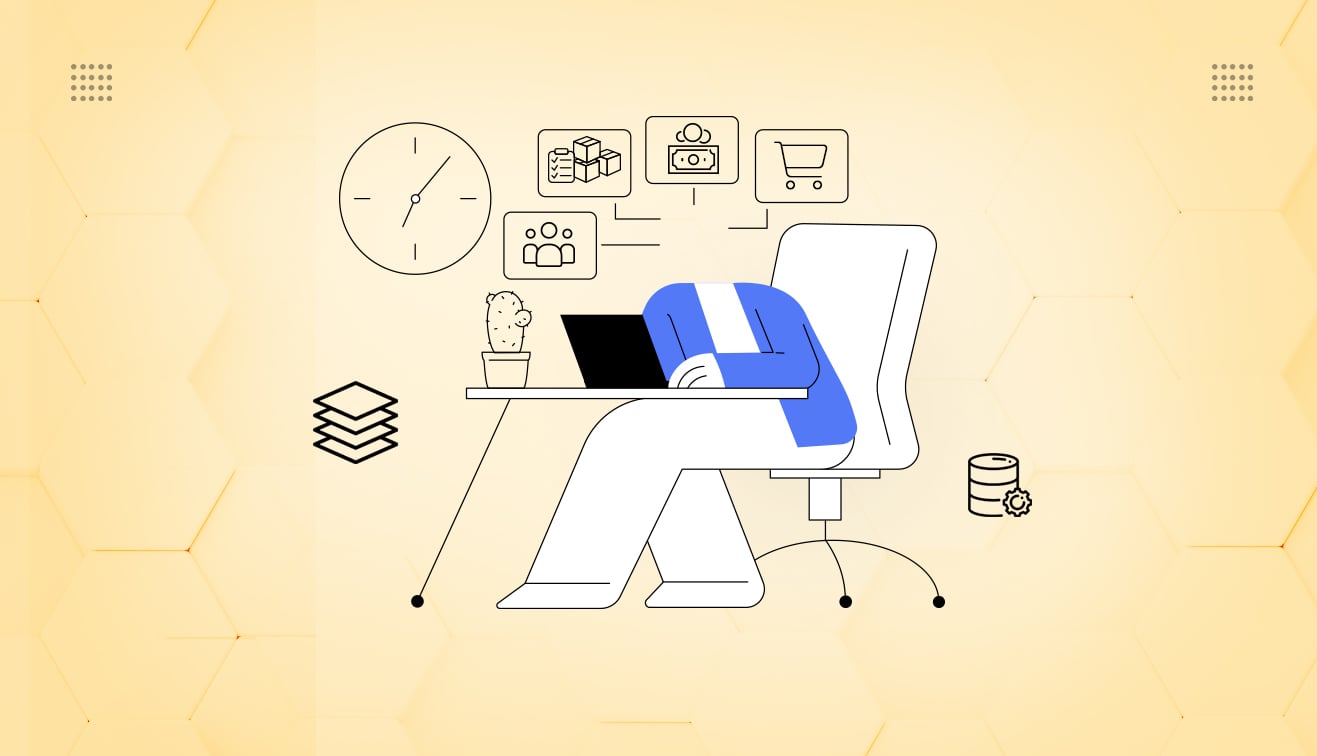

.png?w=3840&q=75)
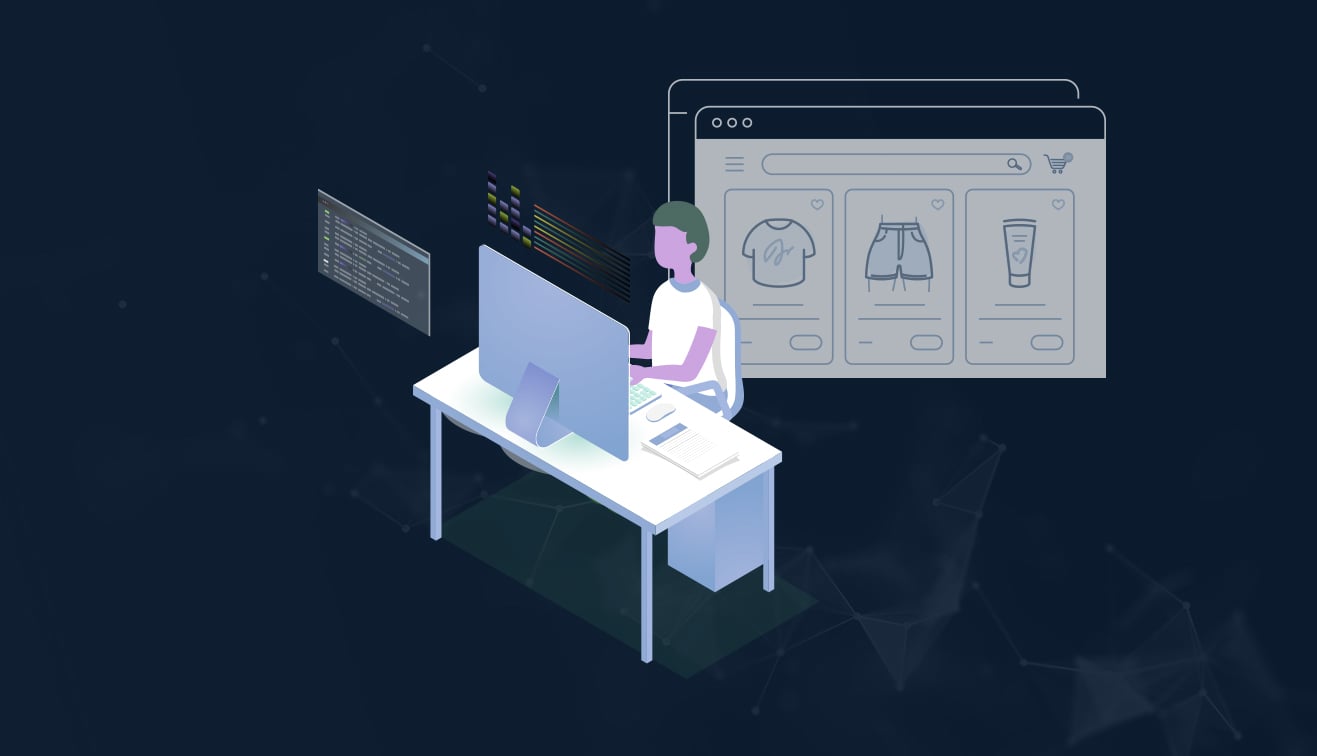
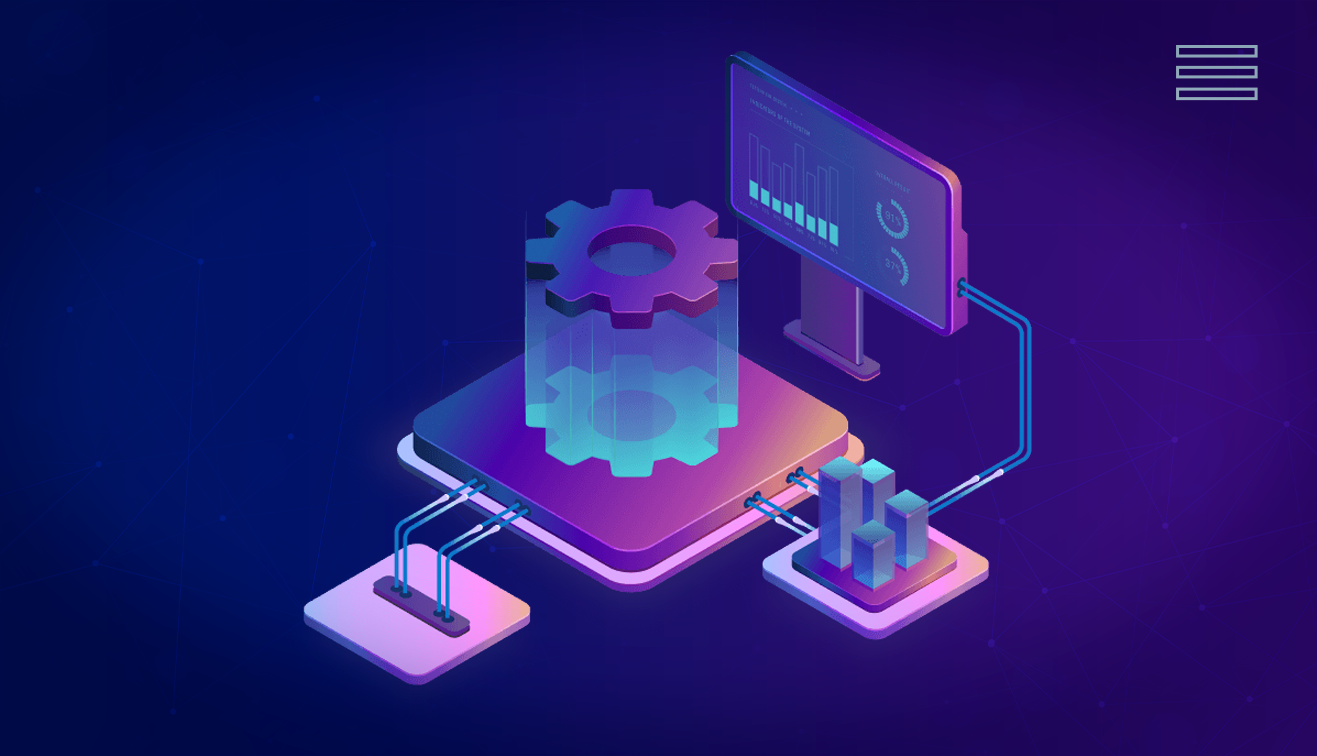
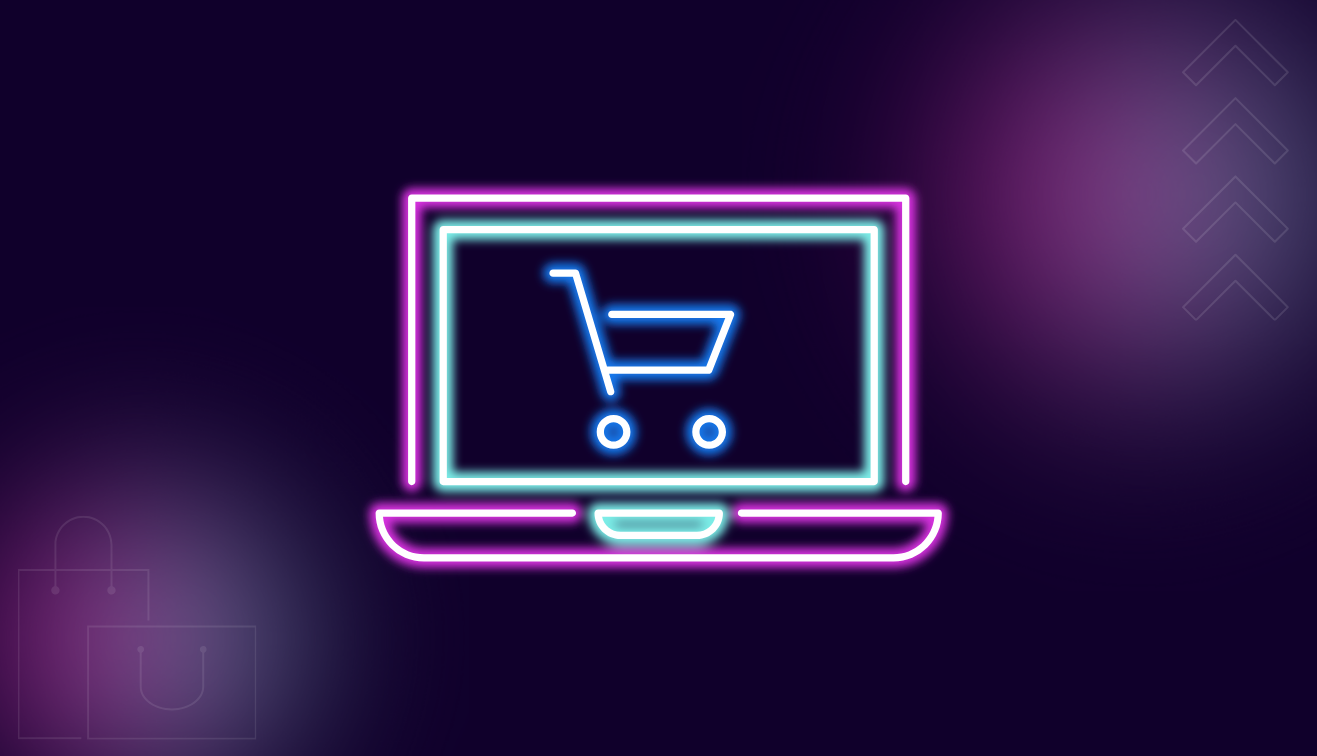
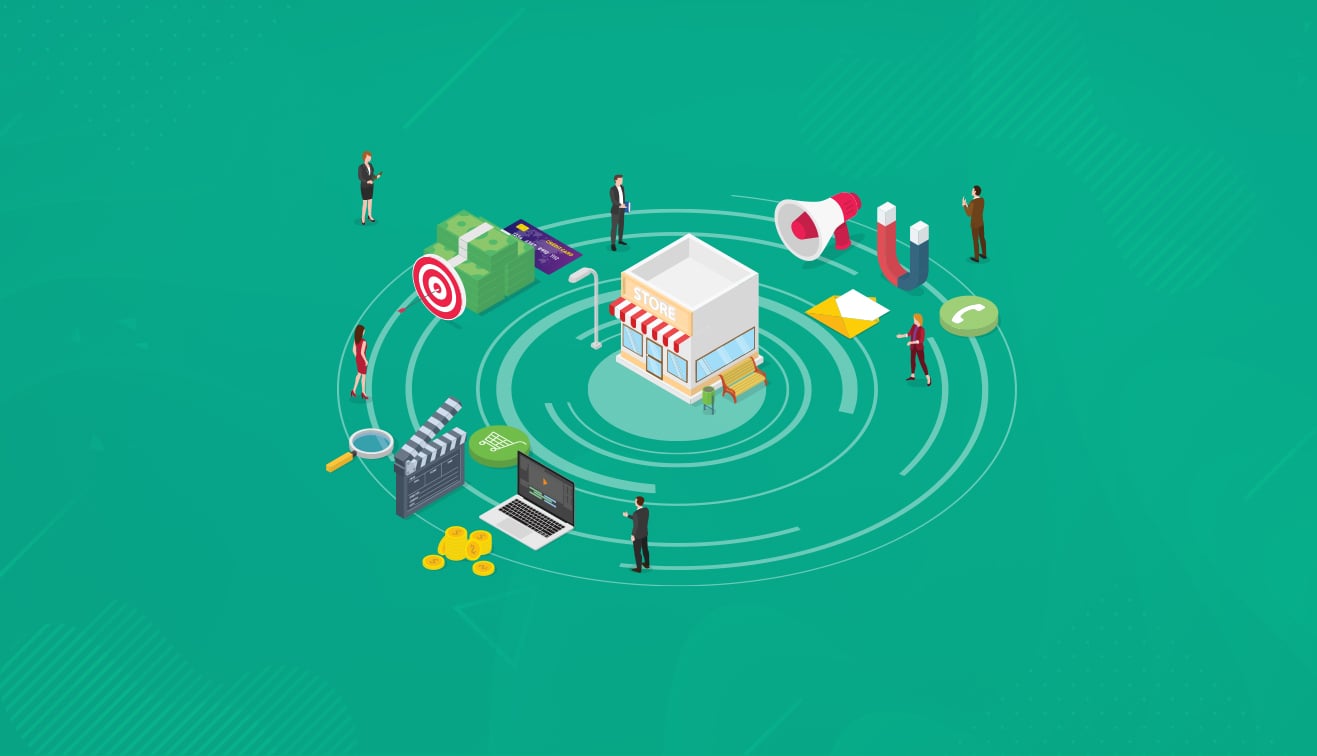
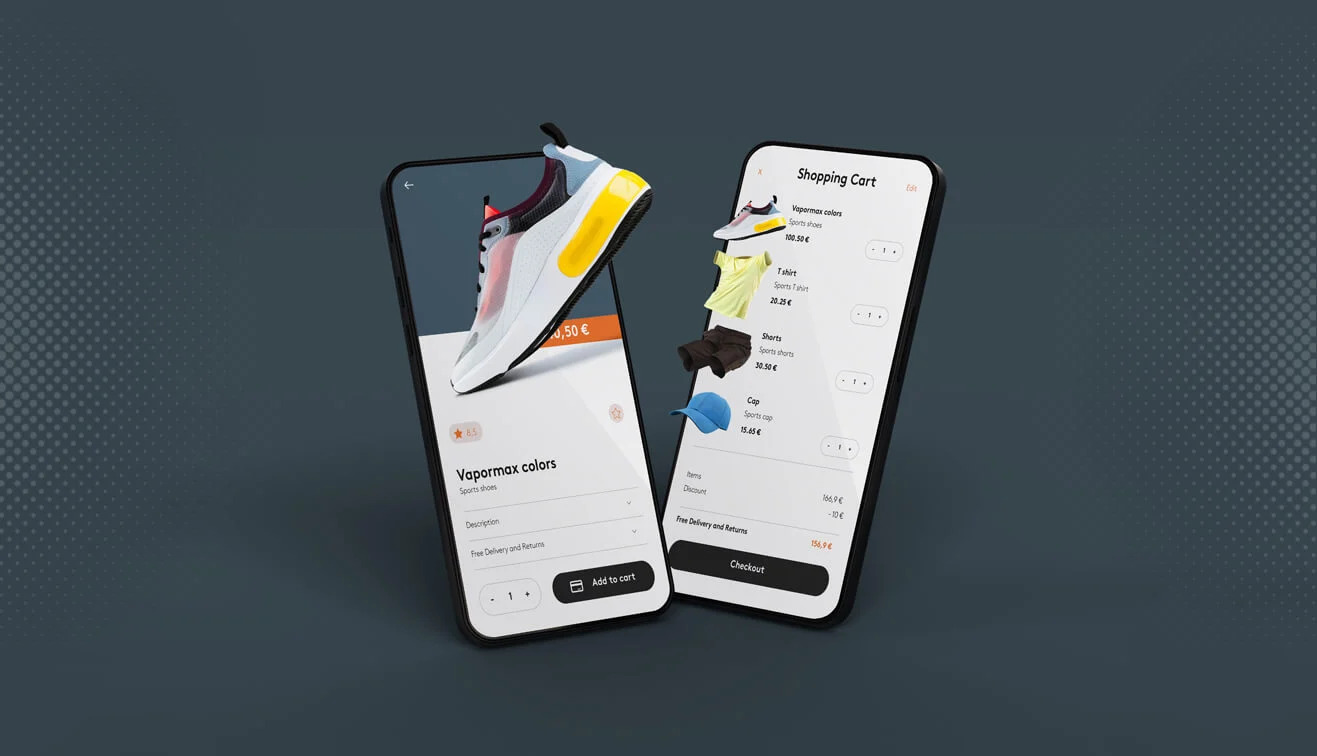
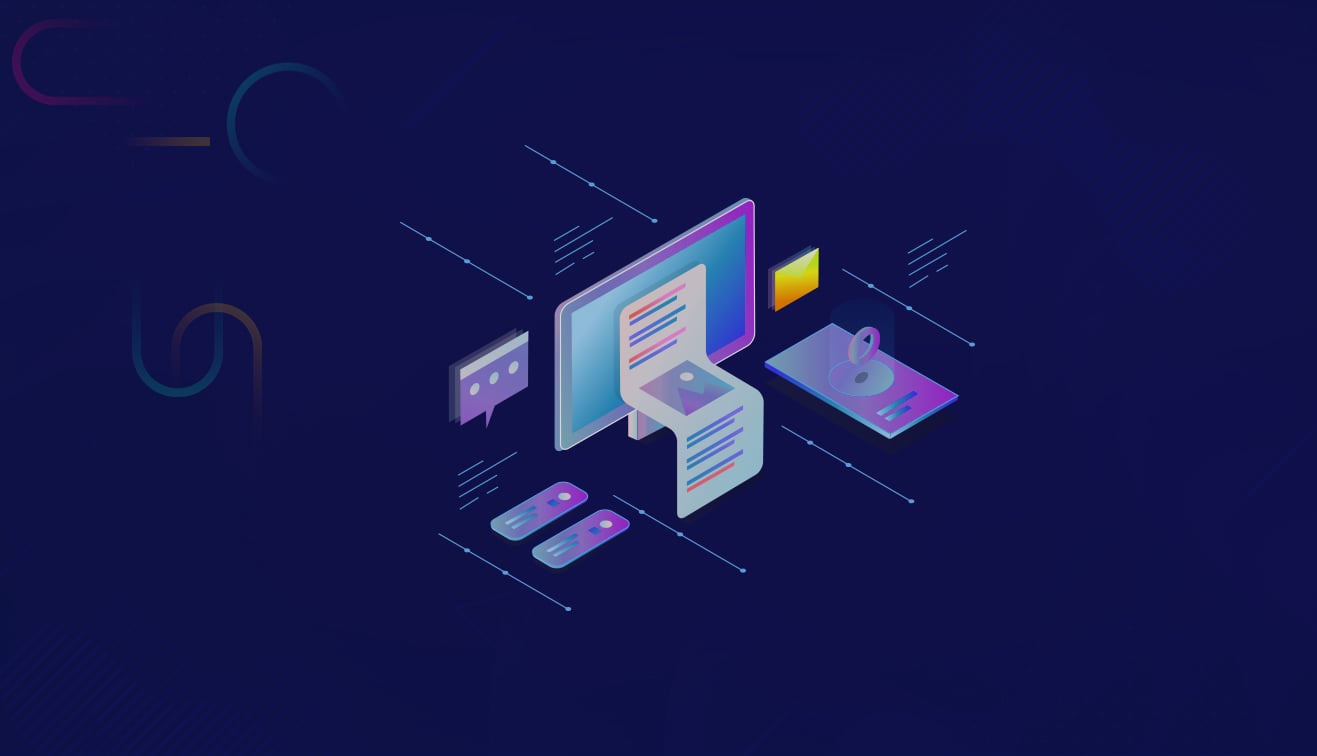


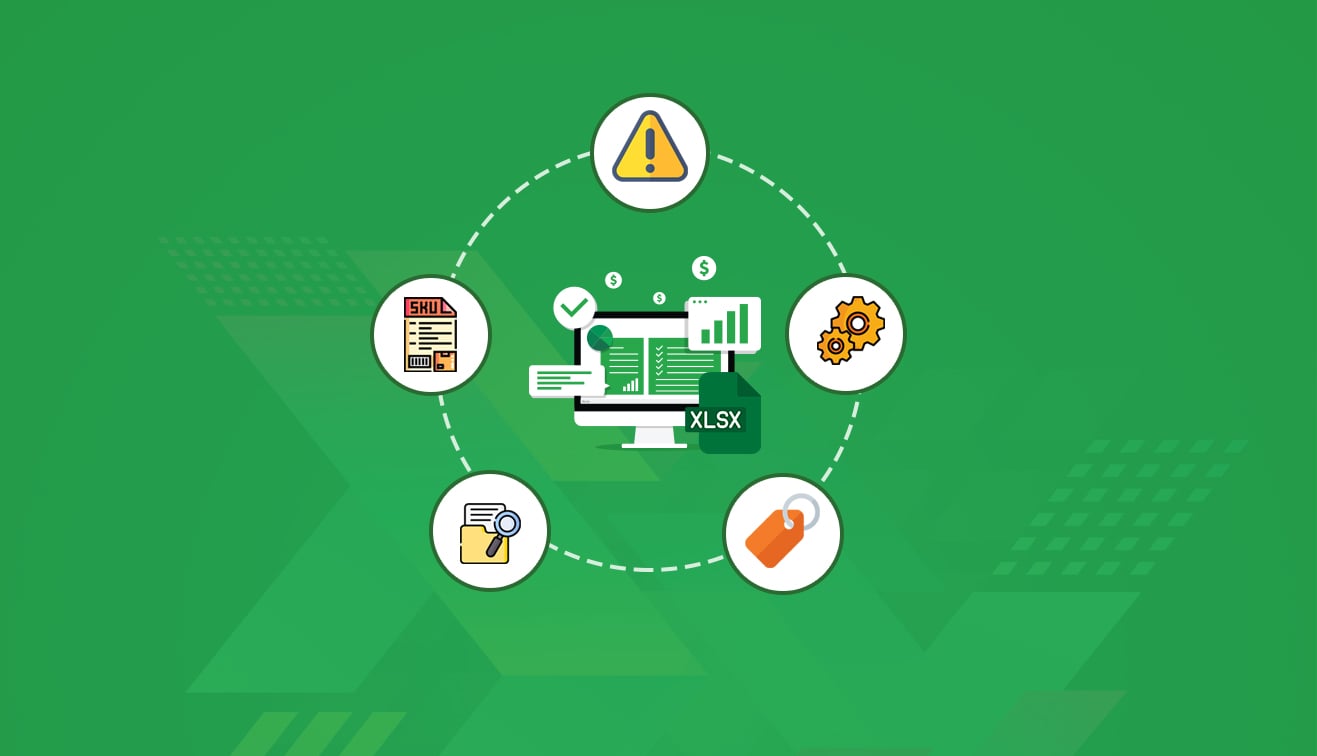
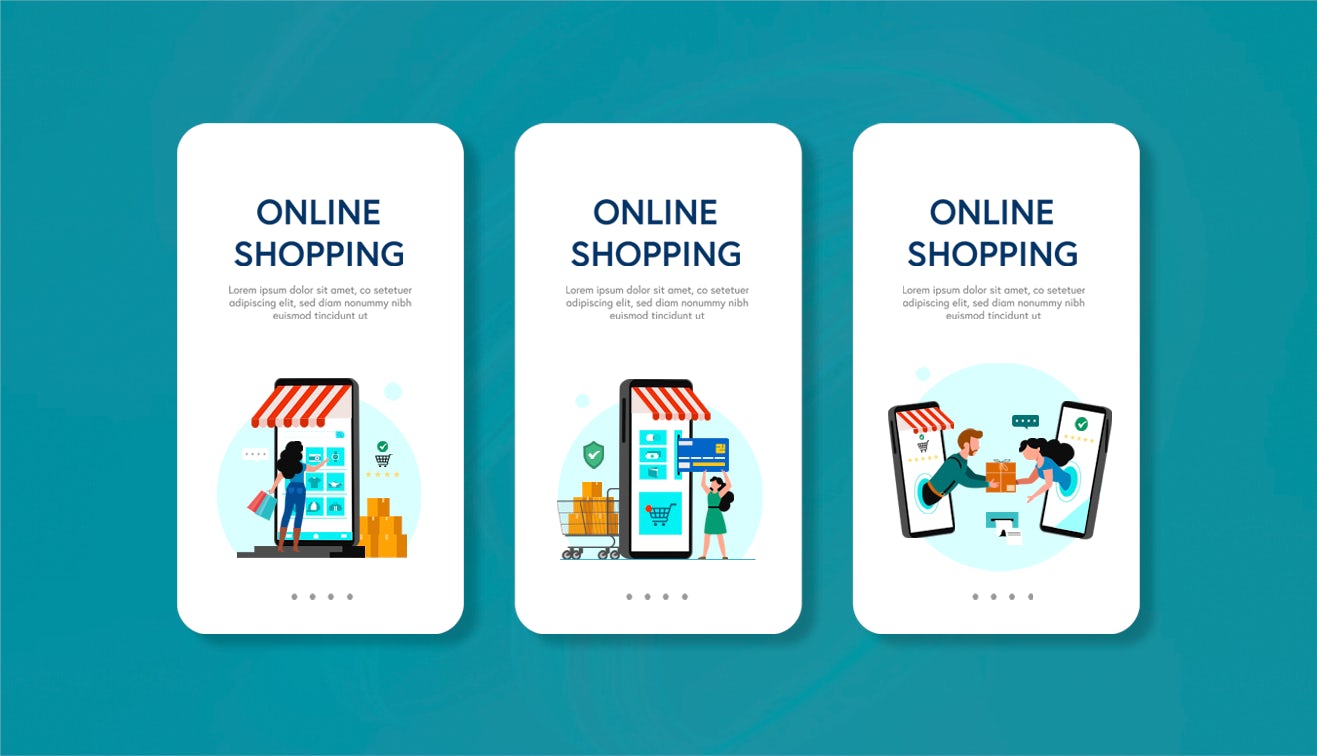
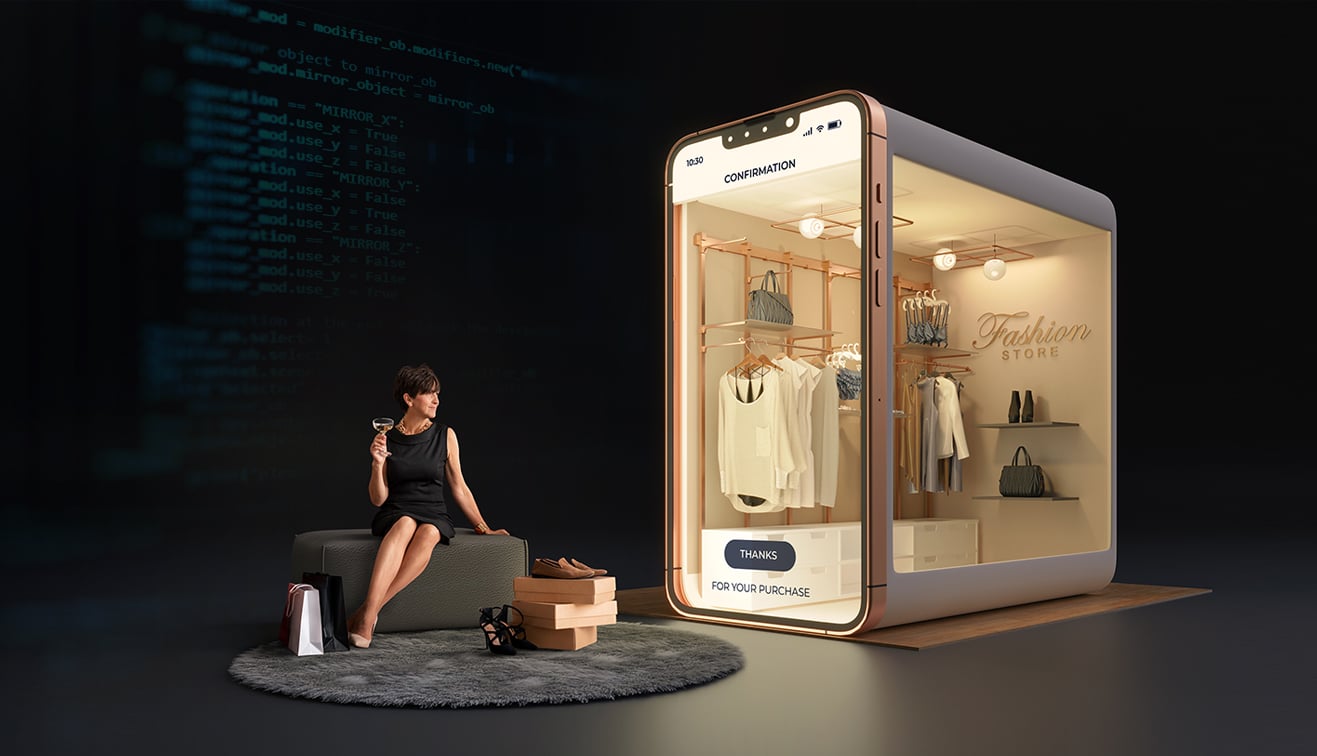
.jpg?w=3840&q=75)
